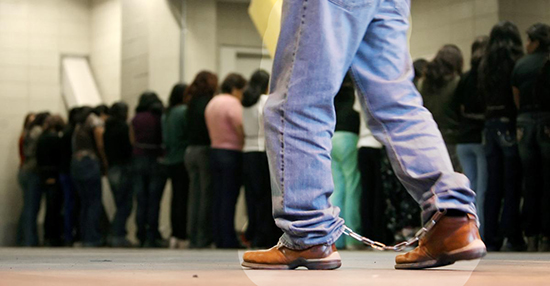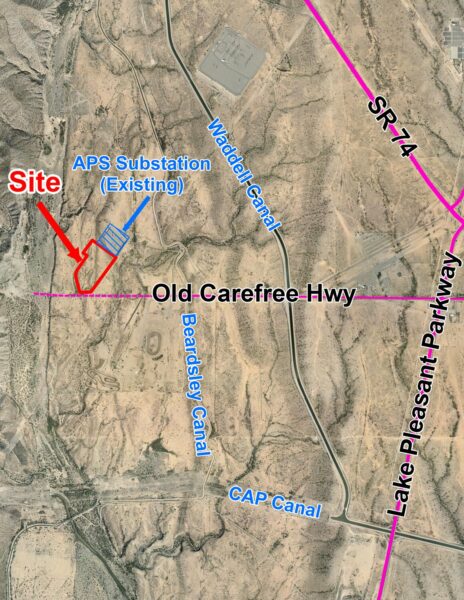
By Curt Prendergast | Arizona Daily Star
Federal judges in Tucson are divided on how to interpret a recent U.S. Supreme Court decision that put numerous criminal border-crossing cases in jeopardy.
But in at least two other cases, judges agreed with strenuous objections from prosecutors that the Supreme Court decision did not apply, U.S. District Court records show.
The focus of the Supreme Court decision was a document used in civil immigration court called a notice to appear. Typically, when a person is accused of being in the country illegally, they are issued a notice to appear before an immigration judge. If they are deported and then cross the border illegally to get back to the United States, they may face criminal charges.
The problem is that in recent years virtually all notices to appear lacked a date and time for the person to show up at immigration court, according to the Supreme Court case known as Pereira v. Sessions. In their June decision, the justices cast doubt on the legality of deportation proceedings that started with faulty notices to appear.
The Supreme Court decision “certainly has wide ramifications” at Tucson’s federal court, but it remains to be seen how many criminal border-crossing cases will be affected, said Eric Rau, a supervisor at the Federal Public Defender’s Office.











